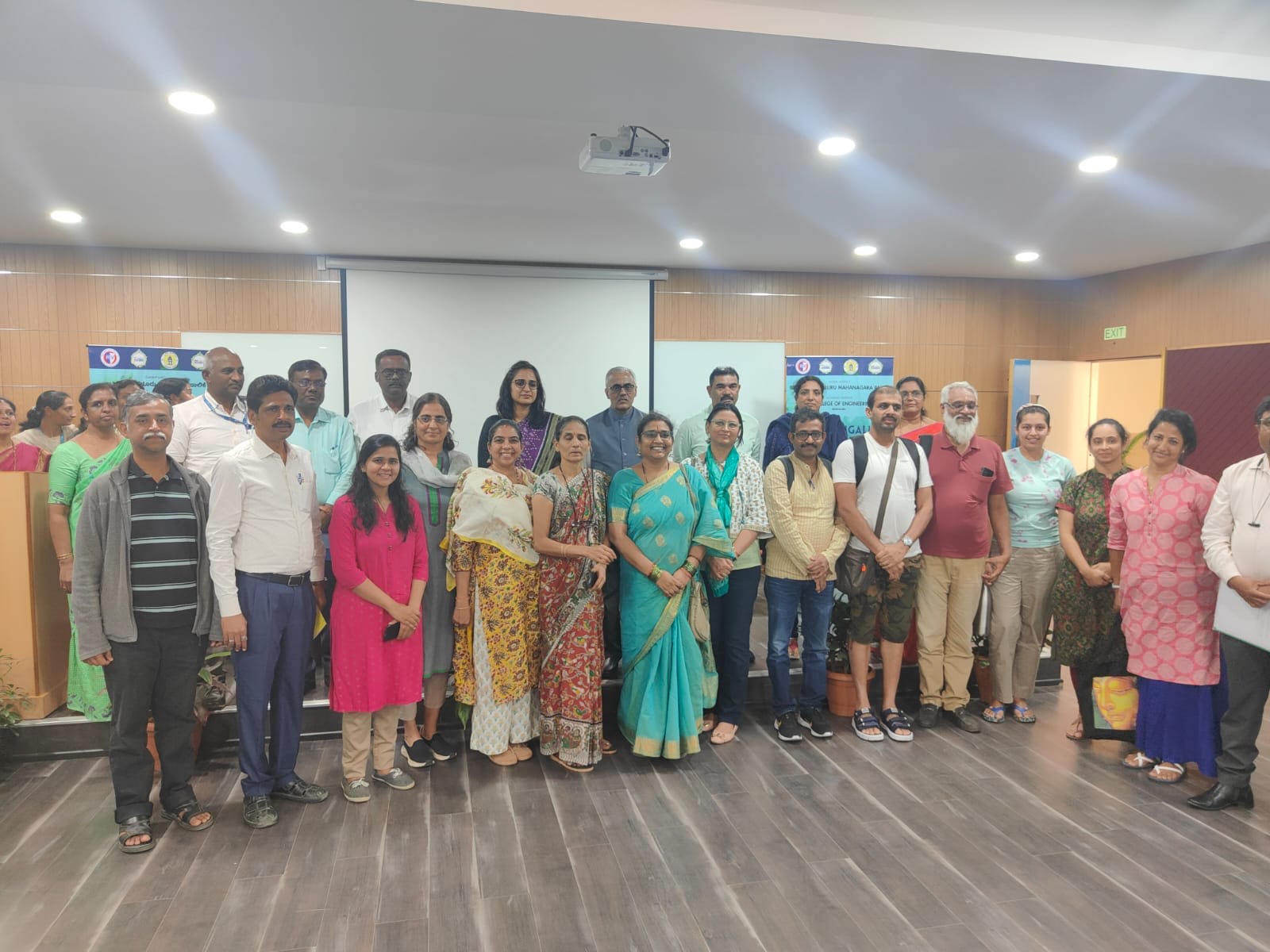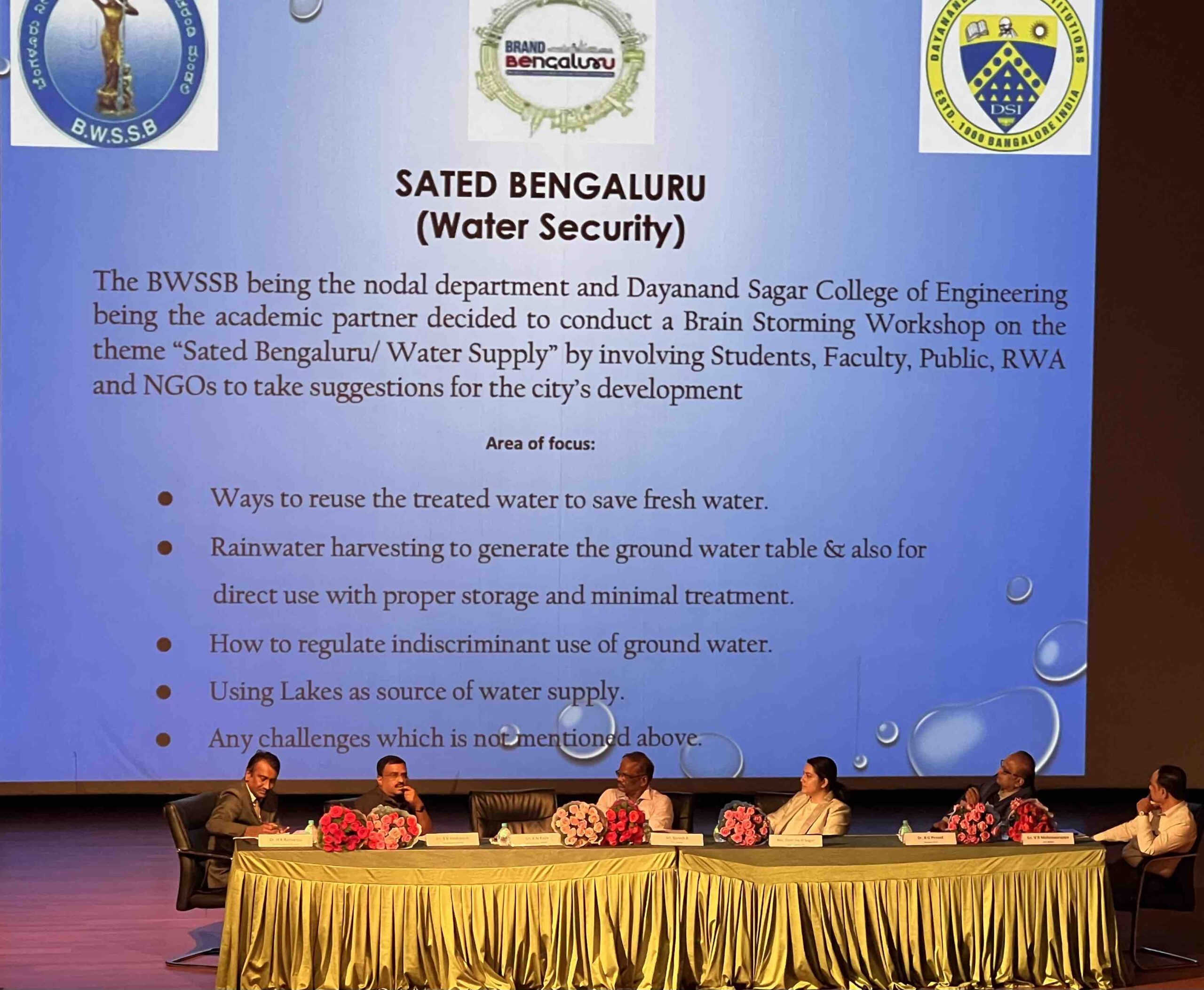Suggestions to Green Bengaluru and Sated Bengaluru
Updated Date: 25 Aug 2023
As part of the Brand Bengaluru Initiative, suggestions were called by the Karnataka state government on seven themes. Paani attended the sessions and gave suggestions on two themes: ‘Green Bengaluru’, whose nodal agency is BBMP and ‘Sated Bengaluru’, whose nodal agency is BWSSB.
We later also emailed suggestions to the nodal agencies.
Green Bengaluru:
Our suggestions to BBMP, the nodal agency for ‘Green Bengaluru’.

To address pollution at source on a war footing
To be a forerunner in planning for the grand future of ‘Brand Bengaluru’ by implementing integrated water resources management for river and lake development/rejuvenation works.
Public consultation should be an integral part of any lake/river rejuvenation project being undertaken in the city.
To prepare a comprehensive database of hydrology in coordination with parastatal agencies like BDA, BWSSB, etc., to serve as a single source for effective planning and management of stormwater drains.
To implement the 20 recommendations made by Comptroller Auditor General (CAG) of India in its 2021 report ‘Performance audit of the management of stormwater in Bengaluru Urban area’.
Friends of Lakes is an unregistered grassroots citizen collective that has been working assiduously on the protection and conservation of water bodies in the Bengaluru region. Their suggestions were given in a crisp manner for the theme of ‘Green Bengaluru’, and Paani is in agreement with the suggestions made by Friends of Lakes.
Sated Bengaluru:
We made nineteen suggestions to BWSSB, the nodal agency for ‘Sated Bengaluru’. Some of them are below:

To prioritise treated wastewater reuse within Bengaluru and surrounding industrial areas. Good examples are the supply of tertiary treated water to Arvind Mills and the filling of Nayandhahalli Lake from the Vrishabhavathi Valley 60-MLD Tertiary treatment plant.
To prioritise pollution prevention and mitigation. Set up river basin-wise interdisciplinary task force, backed by adequate financial resources, to prevent and mitigate pollution of surface and underground water bodies with special emphasis on drinking water sources and catchments.
To conduct a comprehensive Environmental Impact Assessment. Assess the riskier aspects of wastewater reuse: Pollution of drinking water sources from emerging contaminants – antibiotics and other toxic Pharmaceuticals.
To set up a multi-disciplinary task force or a nodal agency to plan, execute and manage all aspects (including the riskier aspect of pollution) of wastewater reuse projects.
To identify the treatment technology, among the ones already available, that best removes nutrients and emerging contaminants. Use that technology for wastewater reuse projects, esp when purposefully pumped to the relatively uncontaminated hinterlands, where the only source of drinking water is groundwater.
To upgrade the current secondary treatment standards to tertiary standards.
To monitor the quality of secondary treated wastewater at lake discharge locations and lakes receiving secondary treated wastewater.
To make all monitoring data (including of sewage treatment plants) publicly accessible. This is critical for public acceptance of wastewater reuse projects, not to mention transparency and accountability.
To ensure compliance of sewage treatment plants to set treatment standards. Define the % of compliance that is acceptable. In other words, define a window of tolerance.
To ensure accountability when sewage treatment is not up to standards.
To set up infrastructure for collecting, transporting, and treating fecal sludge.
To protect the drinking water catchment of Thippagondanahalli dam at all costs.
To prioritise the protection and conservation of drinking water catchments that are critical to Bengaluru’s drinking water supply.
To prioritise the prevention & and mitigation of industrial pollution.
To sincerely regulate groundwater use. Metering of groundwater extraction by both industries and residential units, similar to the Cauvery Supply Metering (Mandatory for Apartments, Gated Communities, and Industries) – Implement Variable rates based on consumption similar to the Cauvery Water Supply Bills.
To conduct outreach programmes on the rules and regulations with respect to digging new borewells through print media and Television networks
To incentivise roof-top harvesting and reuse of Treated Sewage within the residential premises.
To put data on – treated wastewater quality, drinking water quality (Cauvery and borewells), cost of drinking water, and cost of treated wastewater – public on the BWSSB platform.
Friends of Lakes is an unregistered grassroots citizen collective that has been working assiduously on the protection and conservation of water bodies in the Bengaluru region. Their suggestions were given in a crisp manner for the theme of Sated Bengaluru, and Paani is in agreement with the suggestions made by Friends of Lakes.

RIVER BASIN

DAMS & FLOW

POLLUTION

GROUNDWATER

STRAWS

BIODIVERSITY

RAINFALL FLOODS & DROUGHT

RESTORATION



